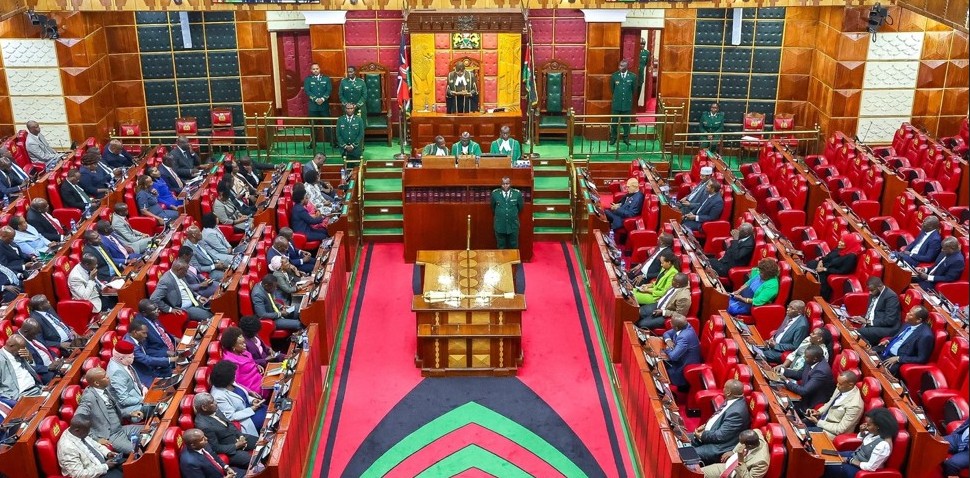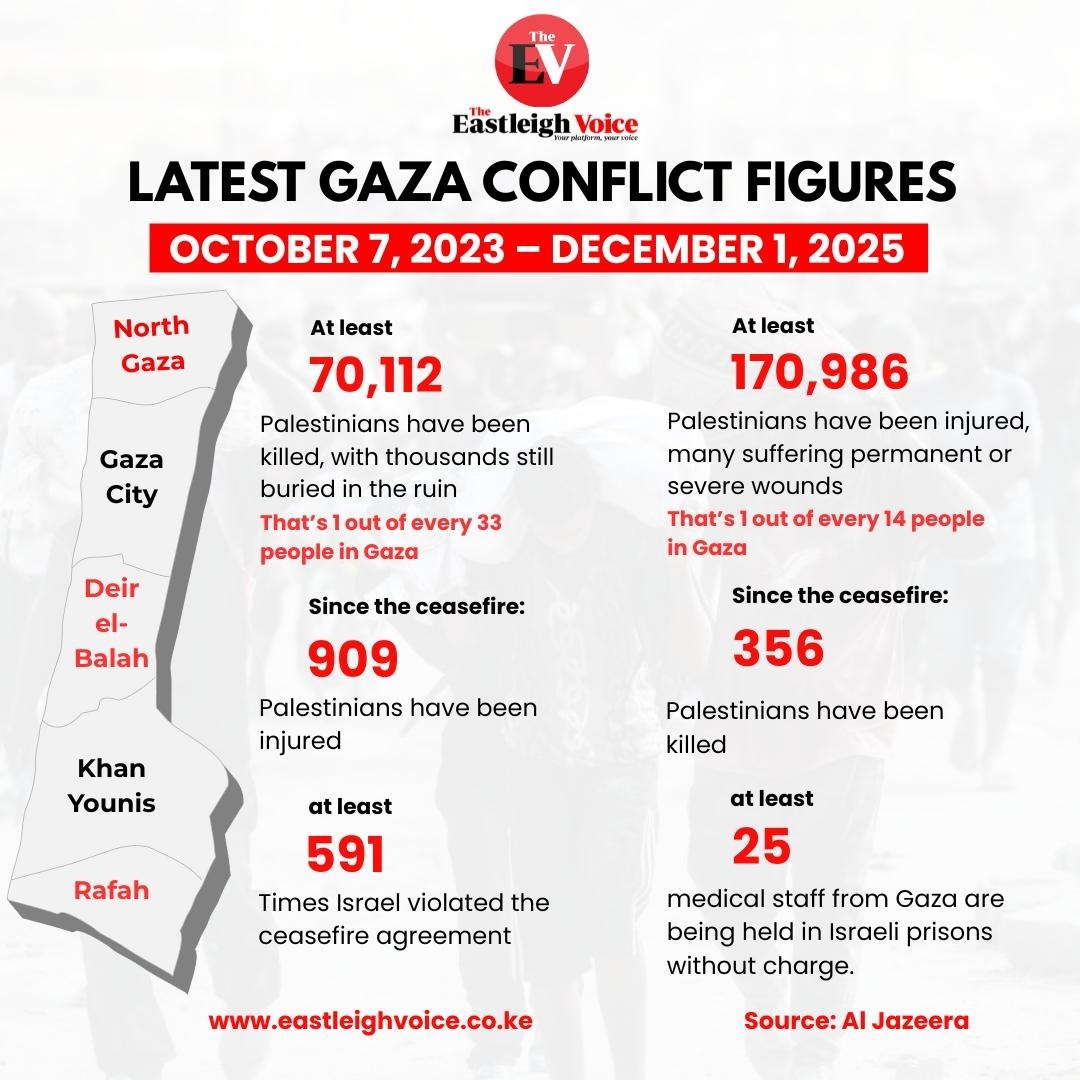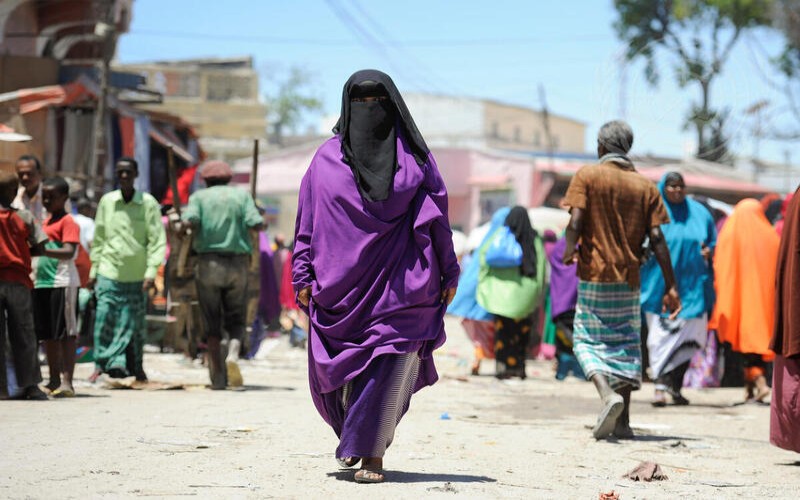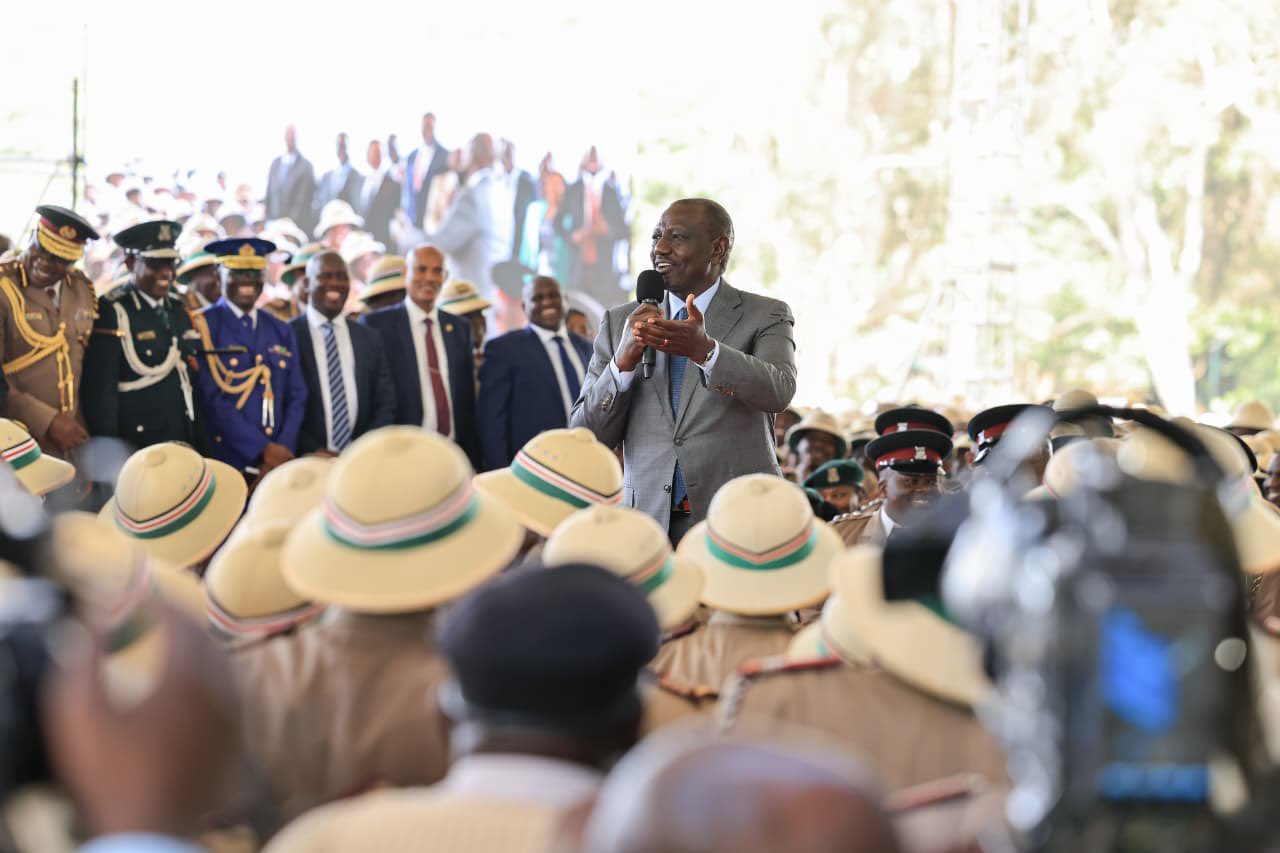WhatsApp rolls out multilingual messaging with on-device translation
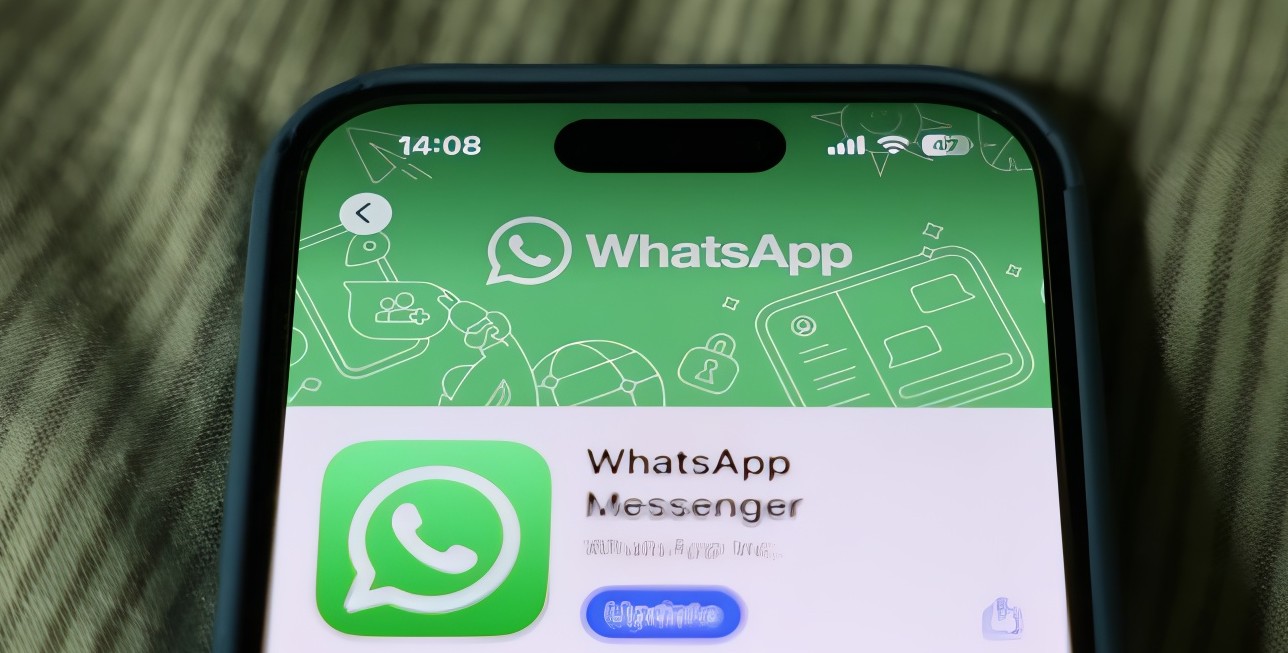
“Language should never be a barrier to connection,” Zuckerberg said. “Now you can understand and be understood securely, no matter where you’re from.”
Meta CEO Mark Zuckerberg has unveiled WhatsApp’s latest feature, multilingual messaging with on-device translations.
More To Read
- Inside the rise of news influencers transforming media in Kenya, Nigeria and South Africa
- ChatGPT, Copilot forced off WhatsApp as Meta enforces new AI restrictions
- WhatsApp rolls out lightweight status feature inspired by Instagram Notes
- WhatsApp brings multi-account function to iPhone after months of delay
- Meta to deduct 5 per cent tax on Kenyan creators’ earnings in 2026
- Meta unveils new tool to protect Reels creators from content theft
The new tool, rolling out on Android and iOS, aims to bridge language barriers while preserving WhatsApp’s commitment to privacy through end-to-end encryption.
Unlike cloud-based translation services, WhatsApp’s system performs all translations directly on the user’s device. This means messages never leave the phone for processing, keeping conversations private from WhatsApp, Meta, or any third parties.
The feature currently supports six languages on Android: English, Spanish, Hindi, Portuguese, Russian, and Arabic, and 19 languages on iOS, including these plus French, German, Italian, Japanese, Korean, Mandarin, Turkish, Ukrainian, and Vietnamese.
Meta plans to expand the language options with downloadable packs tailored to users’ needs.
The rollout is global but gradual.
How it works
Triggering translation: To translate, users simply long-press a message and select “translate”.
Language packs: If needed, a language pack is downloaded once and then functions offline.
Chat-wide translation: Android users can enable auto-translation for entire chat threads.
Controls and transparency: Users can toggle between the original and translated message or remove translations at any time.
Supported contexts: The feature works in one-to-one chats, groups, and channel updates, but only for text messages.
On iOS, translations use Apple’s built-in APIs; on Android, WhatsApp’s own engine provides the service, offering slight differences across platforms.
Analysts say this feature represents not just a technical advance but a cultural shift. Serving more than two billion users worldwide, WhatsApp now allows seamless multilingual conversations without the need for third-party apps or copying and pasting text.
“Language should never be a barrier to connection,” Zuckerberg said. “Now you can understand and be understood securely, no matter where you’re from.”
Top Stories Today








